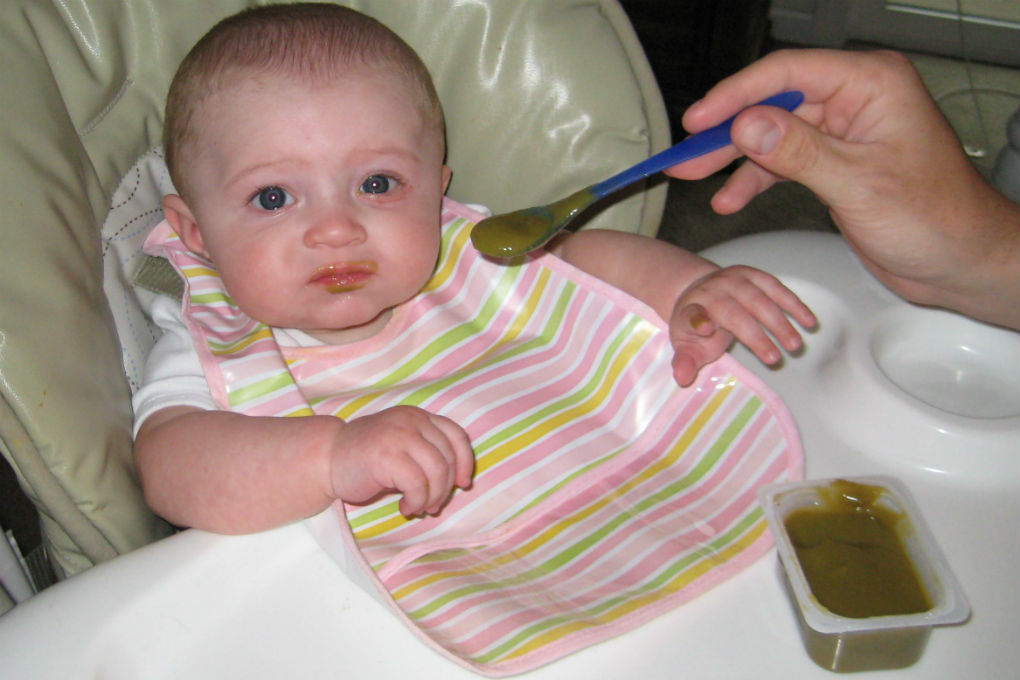Current scientific literature on breastfeeding and complementary feeding has lead to recommend the issue of exclusive breastfeeding for working women and the need to have special growth reference standards for breastfed children.
Exclusive breastfeeding and Its Duration
‘Exclusive breastfeeding‘, which means that the baby receives nothing else other than breastmilk. It was well established that exclusive breastfeeding is the normal way to feed young babies.This took about a decade for this definition to be understood and still to make a it a practice, it requires a great effort in a bid to increase the percentage of babies who are exclusively breastfed during first six months of life.
Babies should be breastfed exclusively until about six months of age and that there is no growth advantage if complementary foods are introduced early. This is true even for the low birth weight babies.
Early introduction of complementary foods decreased the breastfeed intakes and also poorer growth.The breastfed babies have significantly higher levels of cognitive function and the benefits increases with the duration of breastfeeding. The preterm babies obtain more benefits from breastfeeding than the full term babies.
Complementary Feeding
Beginning at ‘about six months’, breastfeeding should be complemented with appropriate solid foods. Complementation and replacement of breastfeeding are two separate components of introducing complementary foods. It is important to avoid replacement of breastmilk.
The additional feed should not be so much that the breast milk production is reduced. Solid foods should be introduced gradually but breastfeeding continues as often as before.
Functional maturation of the neurological, gastrointestinal and renal systems influence the possibility of successful feeding at different ages. By the age of six months the gastrointestinal functions are adequate to deal with the weaning foods while the kidneys can easily handle the solute load especially under conditions of low fluid intake. Mashed and chopped foods are acceptable between 7 and 12 months while family foods are acceptable usually after 12 months of age. The complementary foods should be prepared fresh from the usual home foods.
During the initial period, the complementary foods should be given one or two times after the breastfeeding and not in its place. By 8 months the child should receive complementary foods between breastfeeds at least three times in a day and at least 4 times a day in the second year. Flavor, aroma, consistency and variety affect the intake of complementary foods.
The prospective growth enhancing effect of breastfeeding continues into the second year. Breastfeeding should therefore be sustained in the second year but in the low socioeconomic community in developing countries, child survival may require mother’s milk through the third year of life.
Conclusion
Recommended duration of exclusive breastfeeding and introduction of complementary foods pose a challenge to the scientific community. Except in some rare cases, breastfeeding is all that an infant needs till about six months of age.
Complementary foods should be suited to the child’s ability and aptitude for flavour, aroma, consistency, thickness and variety. In the initial period, complementation should be in addition to and not a replacement of breastfeed. Breastfeeding should be continued for two years and beyond.









0 Comments